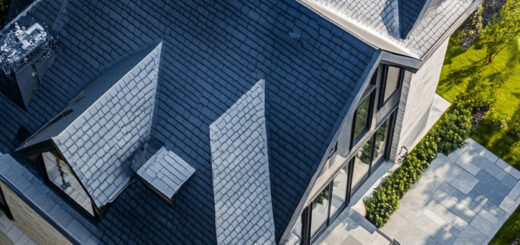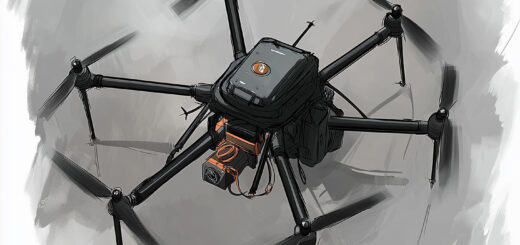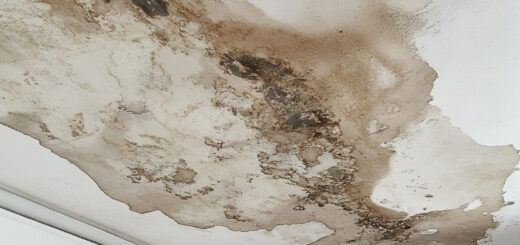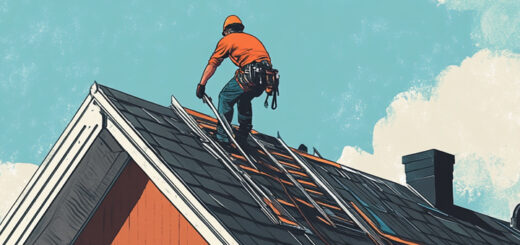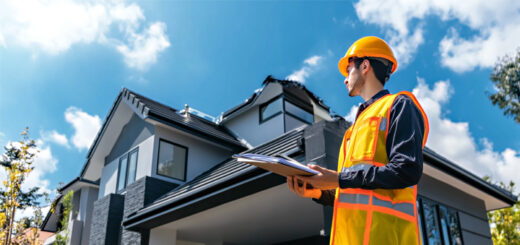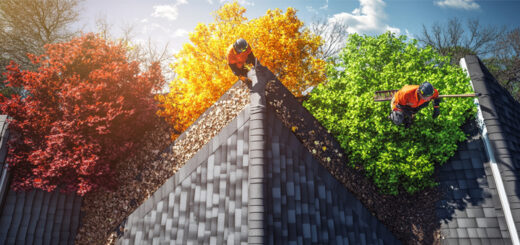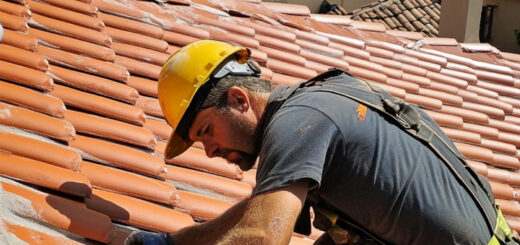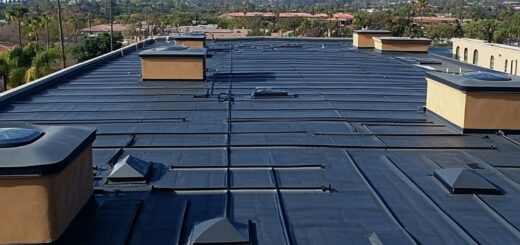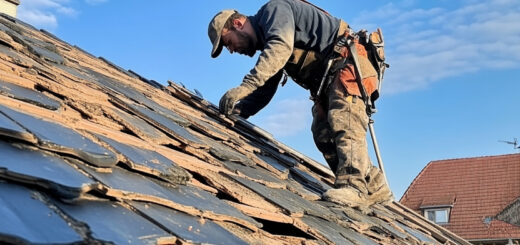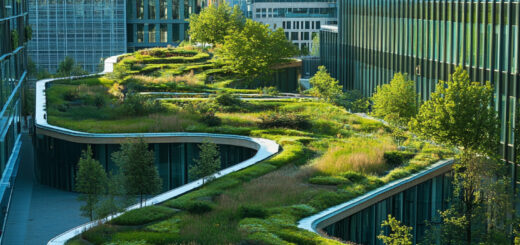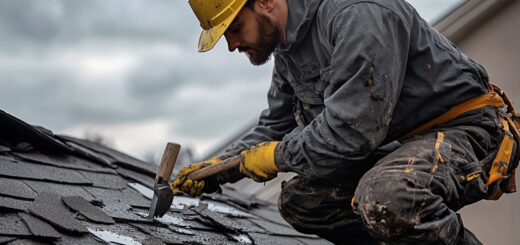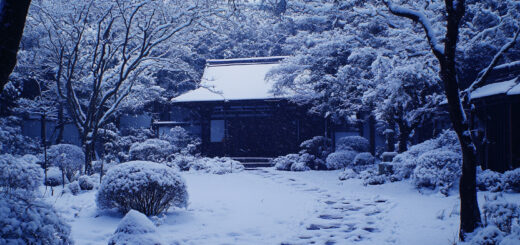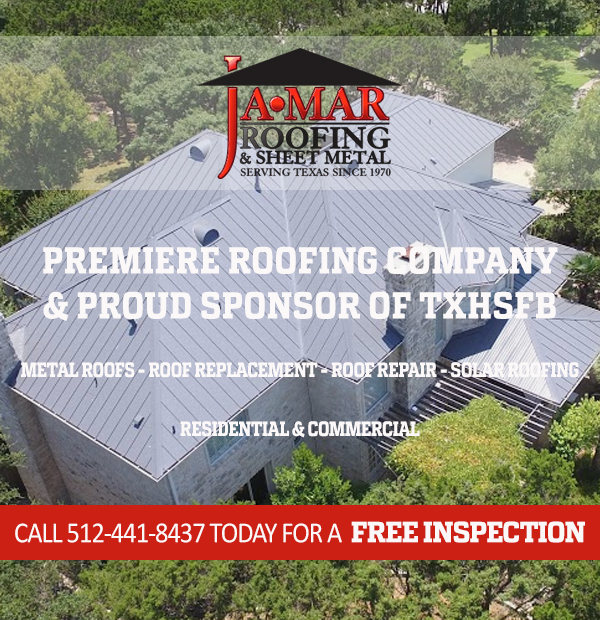Critical Signs Your Commercial Roof Needs Immediate Attention
Maintaining the integrity of a commercial property is crucial for business owners, and one of the most vital components to consider is the roof. Regular roof inspections are essential for ensuring the longevity and safety of any commercial building. These inspections are not just a routine checklist item but a proactive measure that can save significant costs in the long run.
The importance of roof inspections cannot be overstated when it comes to commercial roof maintenance. A well-maintained roof protects against environmental elements, preventing leaks and structural damage that could disrupt business operations or lead to costly repairs. By scheduling regular inspections, property managers can identify potential issues early, such as damaged shingles, water pooling, or compromised flashing.
Moreover, regular roof inspections contribute significantly to overall commercial building upkeep. They help in maintaining energy efficiency by ensuring proper insulation and ventilation systems function optimally. This not only reduces energy bills but also supports sustainability efforts by minimizing unnecessary energy consumption.
In summary, investing in regular roof inspections is a wise decision for any commercial property owner looking to safeguard their investment and ensure smooth business operations. By prioritizing this aspect of building maintenance, businesses can avoid unexpected expenses and extend the life span of their roofs significantly.
Visible Water Leaks and Stains: Early Warning Indicators
Visible water leaks and stains are crucial early warning indicators that should never be ignored, especially in commercial settings where the stakes can be high. Water leaks in the ceiling often manifest as discolored patches or sagging areas, suggesting that moisture has penetrated the roofing material. These roof water stains are not just cosmetic issues; they can indicate underlying damage that may compromise the structural integrity of your building.
Signs of water damage on a roof can vary, but common indicators include dark streaks or spots on ceilings and walls, as well as peeling paint or wallpaper. These symptoms suggest that moisture is seeping through the roof layers, potentially leading to more severe problems like mold growth or rot if not addressed promptly.
Effective leak detection in commercial roofing is essential for maintaining a safe and secure environment. Regular inspections by professionals can help identify potential problem areas before they escalate into costly repairs. Advanced technologies such as infrared scanning and moisture meters can also aid in pinpointing hidden leaks that might not be immediately visible to the naked eye.
By staying vigilant for these early warning signs and employing proactive maintenance strategies, businesses can protect their investments and ensure a long lifespan for their roofing systems.
Ponding Water on the Roof Surface: A Potential Hazard
Ponding water on the roof surface is a common issue that can lead to significant problems if not addressed promptly. This phenomenon occurs when water accumulates on a roof and does not drain away, often due to flat roof drainage problems. Over time, standing water can compromise the integrity of roofing materials, leading to leaks and structural damage.
One of the primary concerns with ponding water issues is that it increases the load on the roof structure, which can cause sagging or even collapse in severe cases. Additionally, stagnant water creates an ideal environment for algae and mold growth, which can further degrade roofing materials and pose health risks.
For commercial properties, addressing these concerns is crucial to maintaining a safe and functional building. Effective commercial roof drainage solutions include installing tapered insulation systems to promote proper runoff, ensuring gutters and downspouts are clear of debris, and implementing regular maintenance checks to identify potential problem areas early.
By understanding the risks associated with ponding water on roofs and taking proactive measures to resolve flat roof drainage problems, property owners can protect their investments and ensure long-lasting performance from their roofing systems.
Bubbling or Blistering Roofing Material: What It Means for Your Building
Bubbling or blistering in roofing materials can be a significant concern for building owners and facility managers, signaling potential underlying issues that require attention. When you notice bubbling roofing material or blistered commercial roofs, it often indicates membrane damage, which can compromise the integrity of your roof. These blisters form when pockets of air or moisture become trapped between layers of the roofing material, usually due to improper installation or natural wear and tear over time.
One common cause of this phenomenon is thermal shock effects on roofs. As temperatures fluctuate dramatically between day and night, roofing materials expand and contract. Over time, this constant movement can weaken the adhesive bonds within the roof membrane, leading to bubbles or blisters as air gets trapped beneath the surface.
Recognizing these signs early is critical in preventing more severe damage to your building’s structure. Regular inspections can help identify membrane damage signs before they escalate into leaks or structural issues. If you observe any symptoms of bubbling or blistering on your commercial roof, it’s advisable to consult with a professional roofer who can assess the extent of the damage and recommend appropriate remedial actions to ensure your roof remains durable and effective in protecting your building.
Tears or Cracks in the Roofing Membrane: Structural Implications and Solutions
Cracks or tears in the roofing membrane can pose significant structural challenges if not addressed promptly. Understanding the causes of roof membrane cracking is crucial for maintaining roofing integrity and ensuring the longevity of your building’s protective shield. Common causes include environmental stressors such as UV exposure, extreme temperature fluctuations, and physical damage from debris or foot traffic. These factors can lead to cracks in single-ply roofing systems, which are particularly vulnerable due to their thinner composition.
When it comes to repair options for torn membranes, several solutions are available depending on the extent of the damage. Minor tears may be addressed with patching techniques using compatible materials that ensure a watertight seal. For more extensive damage, sections of the membrane might need replacement to restore full functionality and prevent further deterioration.
Regular maintenance plays a pivotal role in preventing cracks from developing into more severe issues. Routine inspections can identify early signs of wear and tear, allowing for timely interventions that preserve the roof’s integrity. By staying vigilant and addressing problems as they arise, property owners can extend the life of their roofing systems and avoid costly repairs down the line.
Mold or Foul Odors: Hidden Dangers Lurking Above
When it comes to maintaining a healthy home, the roof is often overlooked despite its critical role in protecting the interior environment. One of the most insidious issues that can arise from a neglected roof is mold growth, which not only compromises structural integrity but also affects indoor air quality. Recognizing mold growth signs on roofs is essential for early intervention and prevention of more serious problems. Dark spots or streaks on shingles, unexplained leaks, or even patches of moss can indicate the presence of mold.
Another red flag for potential roof issues is foul odors permeating your living spaces. These odor issues may be subtle at first but often signal underlying problems such as trapped moisture or decaying organic material within roofing materials. Such conditions are prime breeding grounds for mold and mildew, which can exacerbate allergies and respiratory issues among household members.
Understanding how these factors affect indoor air quality emphasizes the importance of regular roof inspections and maintenance. By addressing these hidden dangers promptly, homeowners can ensure their roofs remain robust barriers against external elements while safeguarding their family’s health indoors. Regularly checking for signs of damage and promptly dealing with any odor issues indicating roof problems are proactive steps toward maintaining a safe and comfortable home environment.
Deteriorating Flashing and Seals: Protecting Against Water Ingress
Flashing and seals play a crucial role in protecting buildings from water ingress, yet they are often overlooked until problems arise. Over time, exposure to the elements can lead to deteriorating flashing and seals, which can pose significant risks to the structural integrity of a building. Worn out flashing is one of the primary dangers that homeowners and property managers must be vigilant about.
When flashing becomes compromised, it allows water to penetrate into areas it shouldn’t reach. This can lead to a host of issues such as mold growth, wood rot, and even foundational damage if left unaddressed. The deterioration process might begin with small cracks or gaps that gradually expand due to repeated weather exposure or thermal movement.
To protect against these dangers, regular inspection and maintenance are essential. Property owners should look for signs of wear such as rusting metal flashings or cracked sealant around windows and doors. Early detection of these issues can prevent costly repairs down the line.
In addition to regular inspections, using high-quality materials during installation or replacement is key to ensuring long-term protection against water ingress. Investing in durable flashing systems designed for your specific climate conditions can significantly reduce the risk of deterioration.
By taking proactive steps in maintaining flashing and seals, property owners can safeguard their buildings from the potential hazards associated with water ingress and ensure their structures remain safe and sound for years to come.
